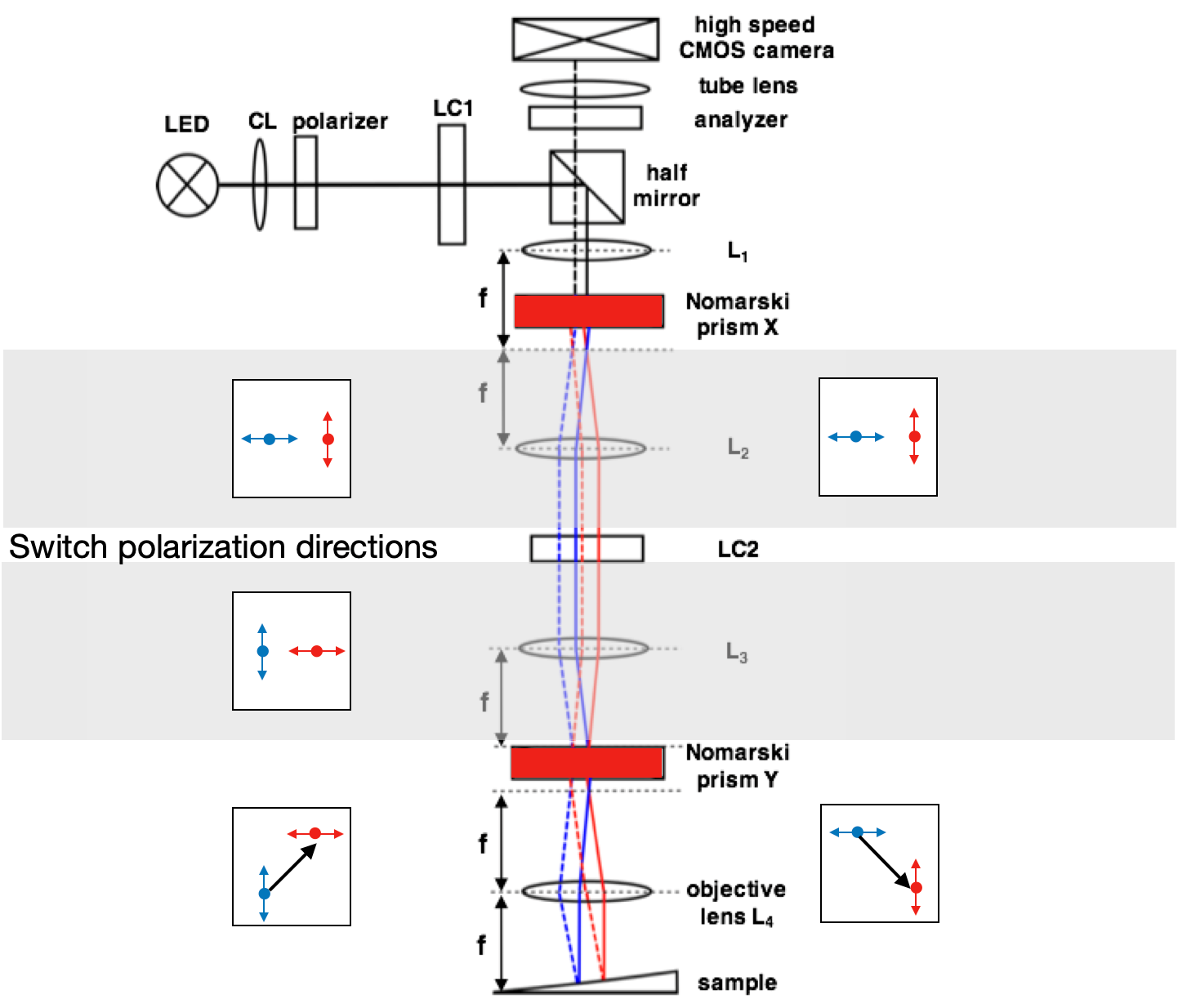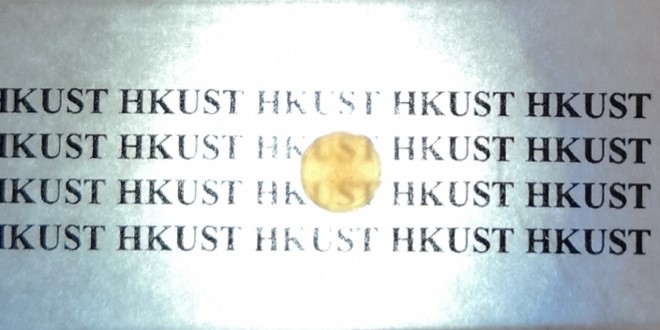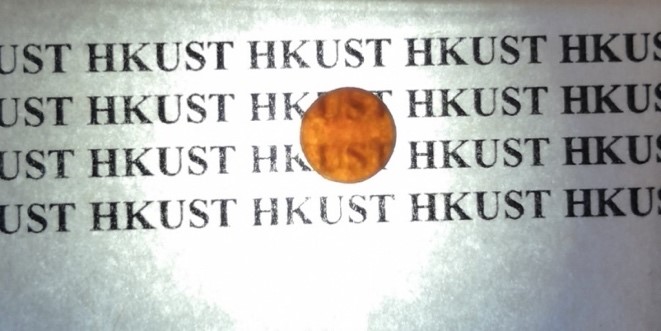Dual beam-shear differential interference contrast microscope (DInM)
Reflected light differential interference contrast (DInC) microscopy is usually used to observe microstructures in opaque materials in particular in martensitic materials for its high contrast between the twin laminates. But it lacks the quantitative information of the surface topography. We theorize a mathematical model for the reflected light DInC module, by which both topography and surface height gradients are simultaneously and quantitatively determined.
Combined with the crystallography analysis of martensite, we utilized the results from the DInC measurement to assign the martensitic variant in each of the martensite sub-domains, and further determine the full-field deformation map.
We also use the transmission mode to observe phase transformation in transparent ceramics. Several samples of multiferroic oxides -- triple doped BaTiO3 at various dopant’s compositions -- are prepared.
- UTDallas: Prof. Du Shengwang





